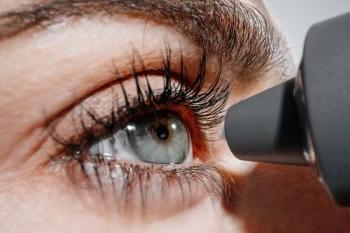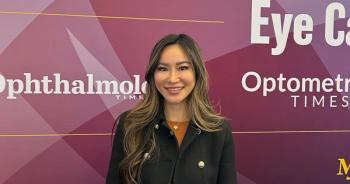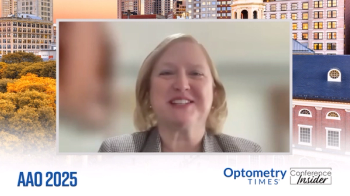
Dry eye disease more common in American men as they age
A study conducted at Brigham and Women's Hospital (BWH) has found that dry eye disease is common among American men aged more than 50 years, and it increases with age, high blood pressure, occurrence of benign prostate disease, and the use of antidepressants.
Key Points
Boston-A study conducted at Brigham and Women's Hospital (BWH) has found that dry eye disease is common among American men aged more than 50 years, and it increases with age, high blood pressure, occurrence of benign prostate disease, and the use of antidepressants,
Debra A. Schaumberg, ScD, OD, MPH, of BWH, and colleagues estimated the prevalence of and examined risk factors for dry eye disease among 25,444 American men who participated in the Physicians' Health Study I and II, according to a statement issued by the hospital.
The men were asked whether they ever had received a dry eye disease diagnosis and whether they had symptoms such as dry or irritated eyes. Overall, 765 men (3%) reported receiving a dry eye diagnosis, 6.8% said they experienced at least one dry eye symptom (dryness or irritation) constantly or often, and 2.2% reported both symptoms constantly or often.
"The present study estimates that approximately 1.68 million men aged 50 or more years are affected with dry eye disease in the United States," the authors wrote. "These data, derived from studying more than 25,000 men, show a significantly lower prevalence of dry eye disease than was found in a similar study using the same methods in U.S. women, among whom the prevalence was estimated at 3.23 million women. Nonetheless, there is a significant increase in the prevalence of dry eye disease with age among men, as is the case among women, and there is a predicted growth to 2.79 million U.S. men affected by dry eye disease in 2030.
"Given the increasing recognition of the adverse visual impact of dry eye disease and the high level of bother patients report because of its irritative symptoms, we hope that these data from a large and well-characterized group of U.S. men will provide further motivation for clinicians and researchers to understand this disease and develop more effective and targeted interventions for patients," they added.
Study results were reported in the June issue of Archives of Ophthalmology. The research was supported by National Institutes of Health grants and the Joint Clinical Research Center, Massachusetts Eye and Ear Infirmary and Schepens Eye Research Institute, Boston, according to the statement.
Newsletter
Want more insights like this? Subscribe to Optometry Times and get clinical pearls and practice tips delivered straight to your inbox.


















































.png)


